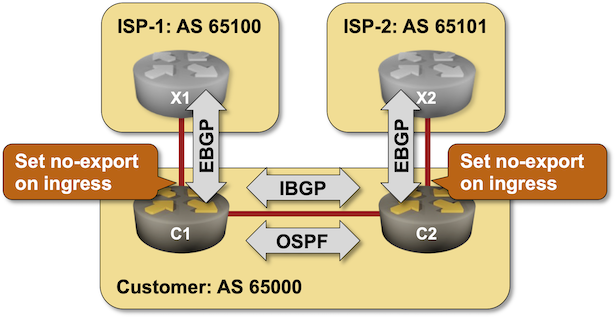Network CI/CD Pipeline – What’s the Point?

Hi all, welcome to the 'Network CI/CD' blog series. To kick things off, let's ask the question, "Why do we even need a CI/CD pipeline for networks?" Instead of diving straight into technical definitions or showing you how to build a CI/CD pipeline, which might make you lose interest, we’ll focus on the reasons behind it. Why should network teams even consider implementing CI/CD?
In this post, we’ll talk about the benefits and the problems it solves, so you can see why it's worth learning. Let's get to it.
Making Network Changes - The Traditional Way
Even though I call it the “traditional way,” most of us (myself included) still make changes via the CLI. So, let’s imagine you and two colleagues are managing a campus network with 10 access switches. One of your tasks is to configure VLANs on all of Continue reading


